Managing people well is just as crucial as managing operations or finances. That’s where Human Resource Management (HRM) comes in. It goes far beyond handling recruitment or processing payroll; HRM is about shaping a strong, motivated workforce that helps the business grow and succeed.
And the numbers back it up. A recent McKinsey & Company study found that companies with well-aligned HR and business strategies are more than twice as likely to outperform their competitors.
What’s more, according to Deloitte’s Human Capital Trends, around 31% of companies recognize that changing an organization’s approach to HR can be very challenging. But don’t worry, we will help you with this.
In this blog, we’ll break down the key features of Human Resource Management, from workforce planning and employee engagement to training, compliance, and beyond.
TL;DR – Key Takeaways
- Strategic Planning & Recruitment: HR aligns workforce goals with business needs, forecasts talent demands, and attracts diverse, qualified candidates.
- Onboarding & Development: Structured onboarding, continuous learning, and leadership training help employees grow and adapt.
- Performance & Engagement: SMART goal-setting, feedback systems, and recognition programs drive employee motivation and satisfaction.
- Compensation & Compliance: Competitive pay, benefits, and adherence to labour laws ensure fairness and retention.
- Technology & Inclusion: HR tech automates workflows, while DEI initiatives foster a culture of belonging and innovation.
What is Human Resource Management?
Human Resource Management (HRM) is a strategic approach to effectively managing people within an organisation, enabling them to contribute to the business and gain a competitive advantage. It involves recruiting, hiring, training, developing, and retaining employees while ensuring a positive workplace culture and compliance with employment laws.
HRM is not just about handling administrative tasks; it plays a crucial role in aligning the workforce with the company’s goals, enhancing performance, and promoting employee engagement. It covers everything from workforce planning and compensation to conflict resolution and organisational development.
In short, HRM is about managing the entire employee lifecycle, from the moment someone is hired until they leave the organisation, ensuring both employee satisfaction and business success.
Looking to build a team that’s loyal, high-performing, and ready to grow with your business? Discover how TeamLease Digital partners with HR leaders to turn employee retention into a long-term strength through customised staffing and workforce strategies.
Key Features of Human Resource Management (HRM)
Human Resource Management (HRM) plays a vital role in shaping the success and sustainability of any organisation. It’s no longer limited to hiring and payroll; HRM has transformed into a strategic function that aligns people processes with business objectives. From workforce planning to employee engagement, the scope of HRM is broad and dynamic.
Here’s an in-depth look at the key features of Human Resource Management that make it essential for modern businesses.
1. Strategic Workforce Planning
Strategic workforce planning ensures that an organisation has the right people in the right roles at the right time.
- Aligning HR Goals with Business Objectives
HR teams collaborate with leadership to understand long-term business goals and align hiring, training, and development plans accordingly. - Forecasting Manpower Needs
HR professionals analyse trends, turnover rates, and industry shifts to predict future workforce demands. This includes headcount planning and preparing for potential shortages or surpluses. - Identifying Skill Gaps and Succession Planning
Identifying current capabilities versus future needs helps in bridging skill gaps through training or hiring. Succession planning ensures leadership continuity by preparing internal talent for critical roles.
2. Recruitment and Talent Acquisition
Hiring isn’t just about filling vacancies; it’s about attracting individuals who align with the company’s mission and culture.
- Employer Branding
Creating a compelling employer brand through social media, employee testimonials, and company culture helps attract high-quality candidates. - Technology-Driven Hiring
From AI-based screening tools to applicant tracking systems (ATS), technology simplifies the recruitment process, enhances candidate experience, and reduces hiring time. - Diversity and Inclusion
Diverse teams bring innovation and better decision-making. HR ensures hiring practices are free from bias and inclusive of all backgrounds.
3. Employee Onboarding and Orientation
First impressions matter, and onboarding sets the tone for an employee’s journey.
- Structured Onboarding Programs
An organised onboarding process includes clear timelines, task checklists, and training schedules to make new hires feel welcomed and equipped. - Mentorship and Induction
Pairing new employees with mentors reduces confusion, builds confidence, and fosters quicker integration into teams. - Integrating into Company Culture
Cultural assimilation is key. Onboarding includes introducing organisational values, policies, and unwritten norms to ensure alignment.
4. Training and Development
A culture of learning is essential for organisational agility and employee satisfaction.
- Continuous Learning and Upskilling
Regular training opportunities help employees stay competitive, adaptable, and motivated in their roles. - Technical and Soft Skills
Balanced development across job-specific skills and interpersonal capabilities strengthens performance across departments. - Leadership Development Programs
Grooming future leaders is vital. HR designs pathways that build strategic thinking, emotional intelligence, and managerial competence. - E-learning and LMS Tools
Modern learning platforms allow employees to access courses anytime, track progress, and tailor learning to their needs.
Also read: Role of Top 5 LMS in Corporate Training in UAE
5. Performance Management
Performance management isn’t about annual reviews; it’s about continuous improvement and growth.
- SMART Goals and KPIs
Setting Specific, Measurable, Achievable, Relevant, and Time-bound goals helps align individual efforts with company objectives. - Regular Appraisals and Feedback
Frequent performance discussions provide clarity, direction, and motivation for employees. - Improvement Plans and Coaching
When employees underperform, structured plans and coaching can turn performance around without undermining morale. - 360-Degree Feedback
Involving peers, subordinates, and supervisors gives a more comprehensive evaluation of an individual’s performance and behaviour.
6. Compensation and Benefits
Rewarding employees fairly is fundamental to retention and satisfaction.
- Competitive Salary Structures
Market-aligned compensation ensures that top talent remains engaged and motivated. - Bonuses and Stock Options
Incentive-based rewards promote high performance and a sense of ownership among employees. - Health and Wellness Benefits
Comprehensive insurance, mental health support, and fitness programs contribute to overall employee well-being. - Flexible Perks
From remote work options to education reimbursements, customisable perks cater to varied employee needs and lifestyles.
Also read: Guide to Onboarding New Employees
7. Employee Engagement and Satisfaction
Happy employees are productive employees. Engagement drives performance, loyalty, and innovation.
- Positive Workplace Culture
Open communication, respect, and shared values make for a culture where people thrive. - Recognition and Rewards
Acknowledging hard work, whether through awards or simple praise, boosts morale and motivation. - Feedback Systems
Employee surveys and pulse checks enable HR to address concerns and improve the workplace proactively. - Work-Life Balance
Policies that support flexibility and mental health show employees that their personal lives are valued too.
8. HR Compliance and Legal Framework
Staying compliant isn’t optional; it protects the organisation from legal trouble and reputational harm.
- Labour Law Adherence
HR must comply with regulations regarding wages, working hours, discrimination, harassment, and more. - Contracts and Workplace Safety
From clear employment terms to safe working conditions, legal responsibilities must be managed diligently. - Data Privacy and Confidentiality
HR manages sensitive employee data, which must be protected under data protection laws and internal policies. - Audits and Documentation
Regular audits and updated HR records ensure transparency and accountability.
9. HR Technology and Automation
Technology empowers HR to do more with less, and to operate strategically.
- HRIS Implementation
A Human Resource Information System centralises employee data, enabling efficient workflows across functions. - Payroll and Attendance Automation
Automated systems eliminate manual errors and improve accuracy in payroll and leave management. - Analytics and Dashboards
Data insights help HR understand trends in attrition, engagement, hiring effectiveness, and more. - System Integration
Connecting HR tools with ERP or CRM systems enables a seamless flow of data across departments.
10. Employee Relations and Conflict Resolution
Healthy relationships are key to a productive workplace.
- Managing Conflicts Professionally
HR steps in with structured processes to resolve disagreements before they escalate. - Fostering Transparency
Open-door policies and regular check-ins create a trusting environment where issues are addressed early. - Mediation and Grievance Handling
From informal discussions to formal hearings, HR ensures fairness and respect for all parties. - Psychological Safety
Employees should feel safe expressing concerns without fear of backlash — a crucial part of team effectiveness.
11. Diversity, Equity, and Inclusion (DEI)
Inclusion isn’t a trend, it’s a business imperative.
- Inclusive Hiring Practices
Ensuring equal opportunity regardless of gender, race, disability, or background is central to building diverse teams. - Bias Mitigation
Training helps employees recognise unconscious biases and develop inclusive behaviours. - Measuring DEI Success
HR tracks diversity metrics and regularly evaluates DEI goals to ensure progress. - Creating Belonging
Events, mentorship, and affinity groups help build a workplace where everyone feels seen and valued.
12. Organisational Development and Change Management
Organisations must evolve, and HR leads the people side of that change.
- Mergers, Restructuring, and Transformation
HR supports transitions by ensuring clear communication, retaining talent, and realigning roles. - Change Communication and Training
People fear change when they don’t understand it. HR provides clarity, training, and emotional support during shifts. - Employee Support During Transitions
Counselling, redeployment, and upskilling initiatives help employees navigate change confidently.
Also read: 10 Reasons Why Integrated HR Technology is the Future of Human Resource Management
Conclusion
Human Resource Management has evolved into a strategic function that not only supports business operations but actively drives growth, adaptability, and innovation. From strategic workforce planning and recruitment to employee engagement, training, and compliance, HRM plays a critical role in shaping an organisation’s success.
It’s no longer enough to rely on reactive retention tactics. Organisations must adopt proactive, data-driven workforce strategies that align with long-term goals and employee expectations.
That’s where TeamLease Digital comes in. We help businesses move beyond short-term fixes by designing forward-thinking HR strategies that fuel growth and enhance retention.
Are you ready to build a workforce that grows with your business? Contact our team today to discover how we can assist you in developing a retention strategy that yields lasting results.
FAQs
1. What are the core responsibilities of Human Resource Management?
Human Resource Management is responsible for recruiting and onboarding employees, training and development, performance management, compensation and benefits, compliance with labour laws, employee engagement, and strategic workforce planning.
2. How does HRM contribute to organisational success?
HRM ensures that the right talent is hired, nurtured, and retained, which has a direct impact on productivity, innovation, and business growth. It also helps align workforce strategies with business goals and promotes a healthy workplace culture.
3. Why is strategic workforce planning important in HRM?
Strategic workforce planning helps organisations anticipate future talent needs, address skill gaps, and build a pipeline for leadership. It ensures that staffing aligns with business objectives and market trends.
4. What role does technology play in modern HRM?
Technology enables the automation of HR processes like payroll, attendance, and recruitment. Tools like HRIS, data analytics, and AI-powered platforms streamline workflows, reduce manual errors, and provide insights for better decision-making.
5. How does HRM support employee engagement and retention?
HRM fosters engagement through recognition programs, feedback systems, career development opportunities, and inclusive work environments. By addressing employee needs proactively, HR helps improve job satisfaction and reduce turnover.







